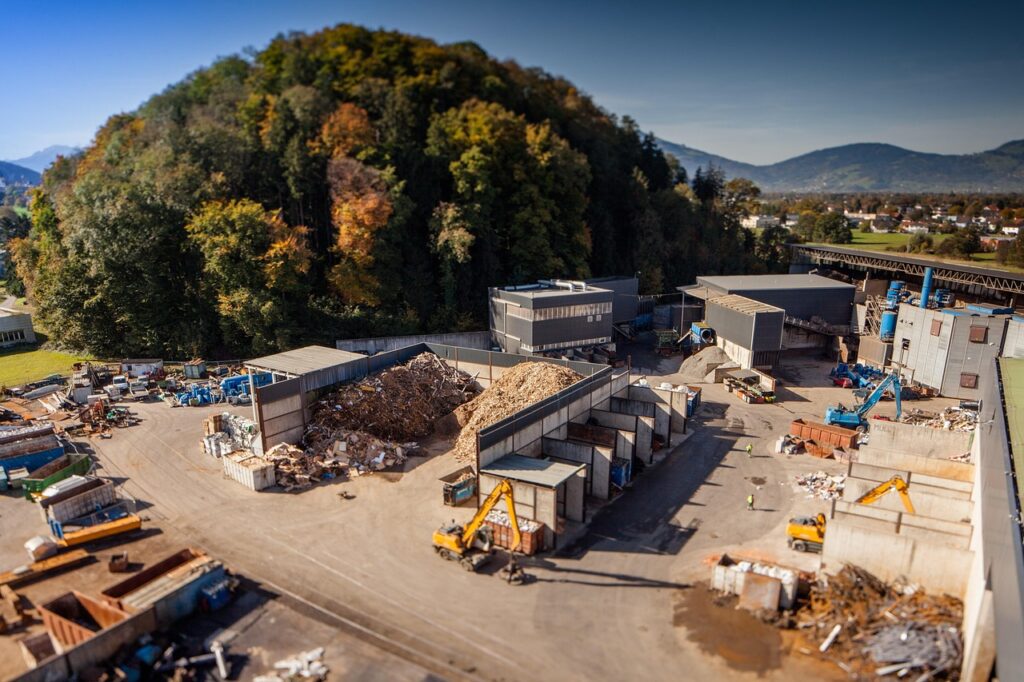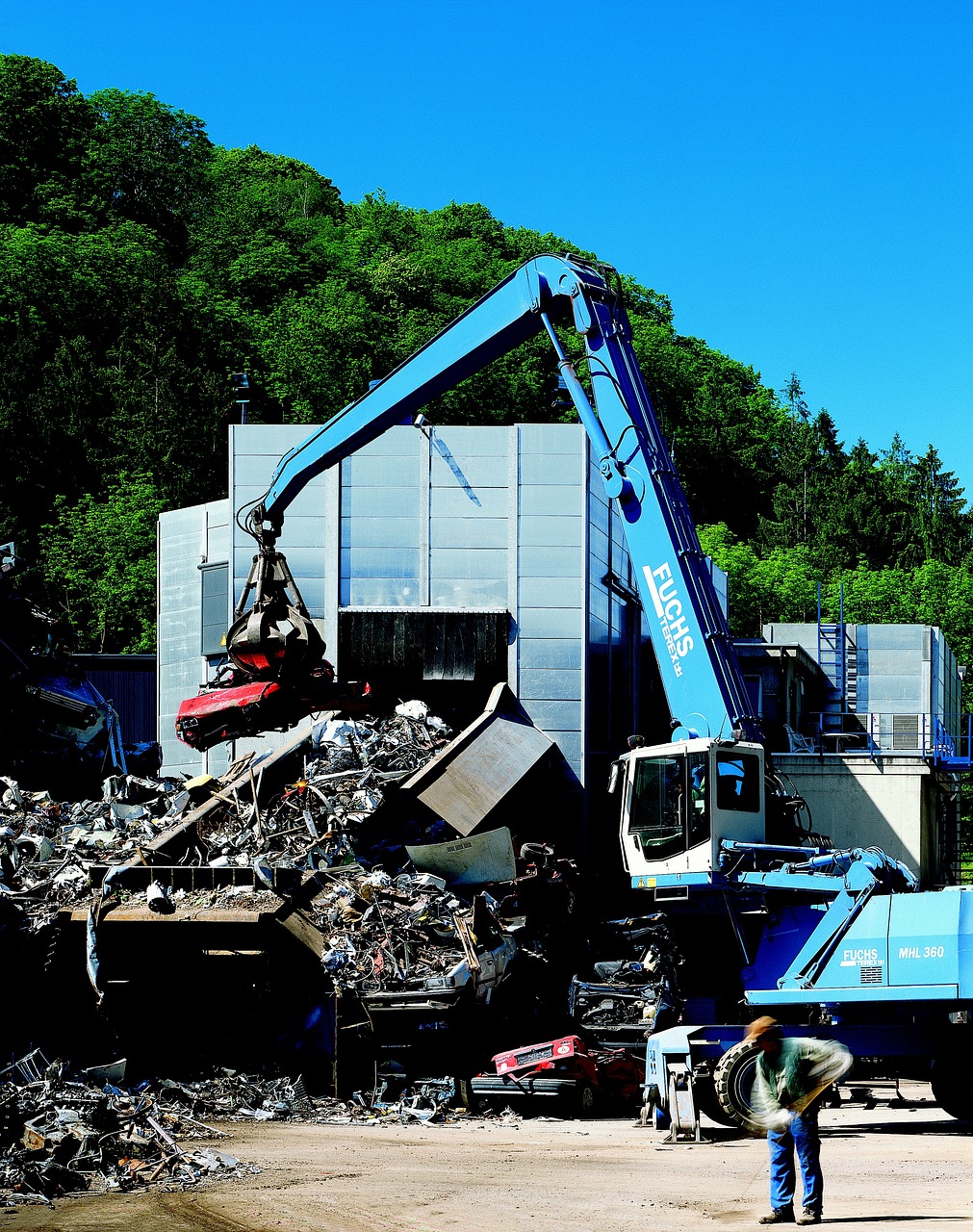A recycling organization plays a vital role in protecting the environment by reducing waste, conserving natural resources, and minimizing pollution. By collecting, sorting, and processing recyclable materials, these organizations help decrease the amount of trash sent to landfills and oceans. Recycling also saves energy and reduces greenhouse gas emissions, contributing to the fight against climate change. Furthermore, recycling organizations raise awareness, educate communities, and promote sustainable practices. They support the circular economy by turning used materials into new products, preserving valuable resources for future generations. In short, recycling organizations are essential for a cleaner, healthier, and more sustainable world.

In the US Recycling is a Scam
Recycling in America has long been touted as an essential solution to the country’s growing waste problem. Blue bins line the streets of suburbia, recycling logos are slapped on every product imaginable, and millions of Americans diligently separate their trash in hopes of making a positive impact on the environment. However, behind the scenes, the story of recycling is far less noble than the image presented. The unfortunate truth is that recycling in America has increasingly become a scam—one built on feel-good messaging, broken systems, and hidden economic realities.
The American recycling industry relies heavily on the belief that what goes into a recycling bin is actually turned into something new. Yet, in many cases, those cans, bottles, and cardboard boxes are never recycled at all. For years, the U.S. shipped much of its recyclable waste to China and other developing nations. In 2018, China enacted the “National Sword” policy, severely limiting the import of contaminated foreign waste. Suddenly, the flow of American recyclables had nowhere to go. The infrastructure at home was ill-equipped to handle the mountain of waste left behind. Since then, thousands of tons of recyclables have been redirected to landfills or incinerators. The recycling process, in essence, ends at the curb.
Another issue lies in contamination. Even when Americans have the best of intentions, improper sorting—like mixing greasy pizza boxes with clean cardboard or throwing in unwashed containers—renders entire batches unusable. Waste management companies often deem contaminated loads too costly or difficult to process, and they are thrown out with the regular trash. Worse yet, many materials labeled as recyclable actually aren’t. The iconic triangle with a number inside is more marketing than reality. Only a few types of plastic—like #1 and #2—are widely recyclable. Others, such as #3 through #7, are seldom accepted anywhere. Yet, they’re still marked with the recycling symbol, misleading the public into thinking they’re doing good.
Even when recycling is done properly, it’s rarely profitable. Glass, for example, is heavy and costly to transport. Paper loses quality with each cycle. Recycling plastic is often more expensive than producing it new from petroleum. In many cases, local governments end up spending more on recycling programs than they gain in returns. To compensate, municipalities cut recycling services or quietly divert recyclables to landfills while still marketing their cities as “green” and “eco-friendly.” This bait-and-switch approach has kept the illusion of recycling alive while masking the underlying dysfunction.
The private sector has little incentive to improve the system. Consumer brands benefit from greenwashed packaging and sustainability claims, but they pass the responsibility for recycling onto consumers and governments. Waste management companies collect fees regardless of whether materials are recycled or discarded. Environmental guilt becomes a commodity, and Americans pay twice—once through taxes and again through higher product prices—to uphold a charade that does little to address environmental issues.
Perhaps the biggest scam of all is the psychological one. The act of recycling gives people a false sense of accomplishment. It allows consumers to believe they are part of the solution, and therefore absolves them from making more impactful changes like reducing consumption, reusing products, or demanding systemic reform. Recycling becomes a moral shortcut, a symbolic gesture that replaces actual responsibility. The end result is an endless cycle of production, consumption, and waste, wrapped in the comforting lie that a blue bin will somehow fix everything.
The failure of American recycling isn’t just a logistical problem—it’s a cultural one. Until the country stops treating recycling as a magical fix and starts addressing the root causes of waste, the system will continue to mislead and fail. Recycling, as it currently stands in America, is less about saving the planet and more about saving face. The scam works because people want to believe it’s not a scam. But belief doesn’t change the outcome—trash is still trash, even when it’s wrapped in good intentions.
